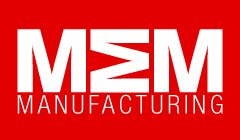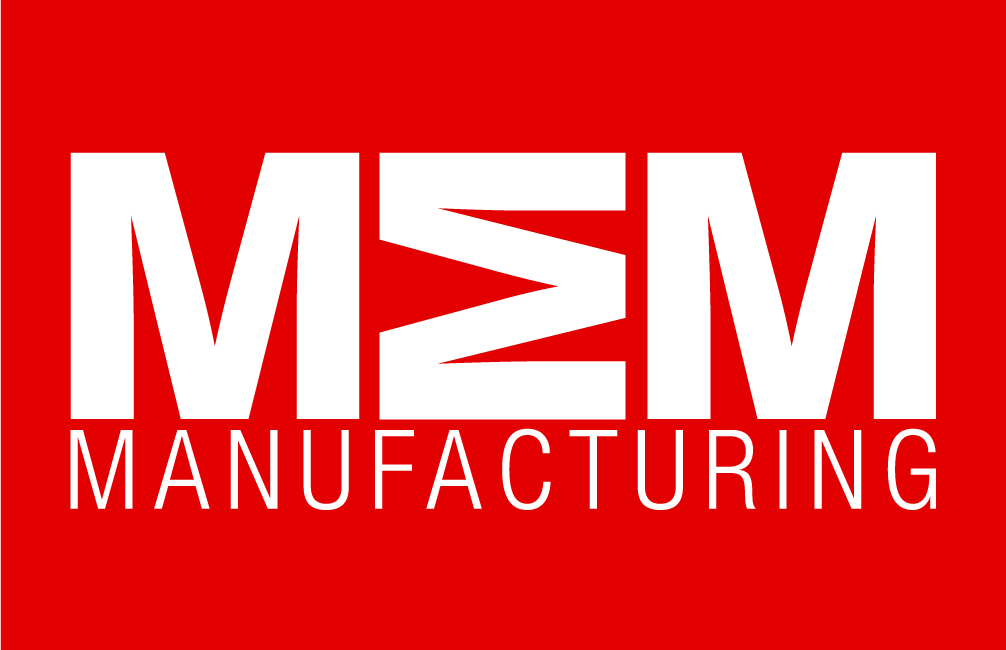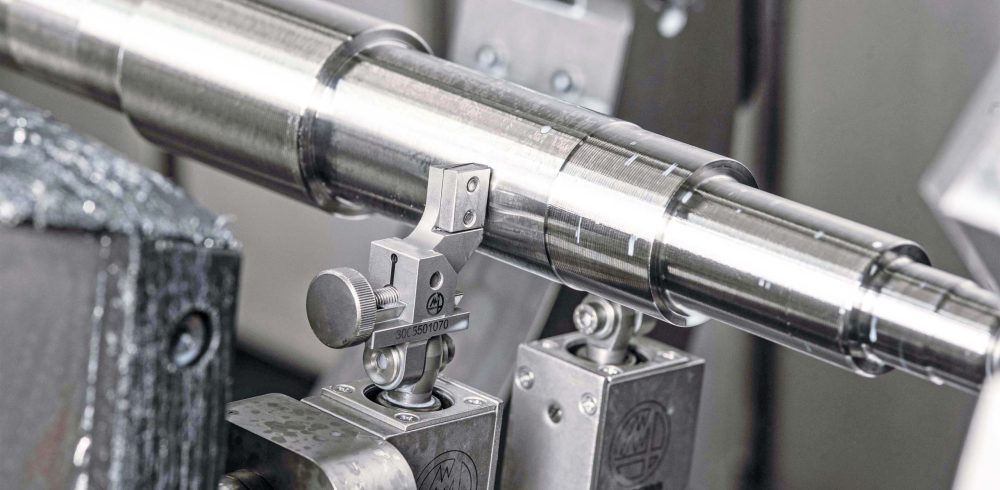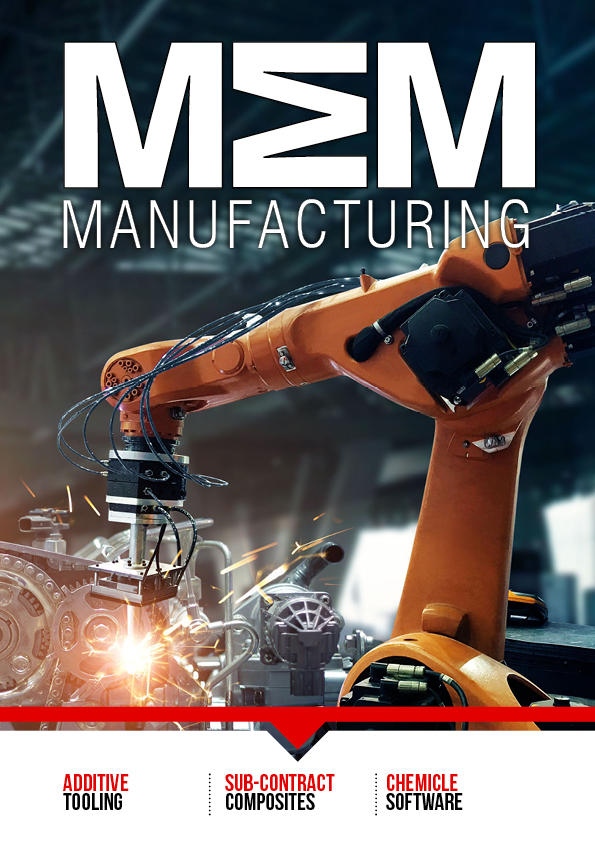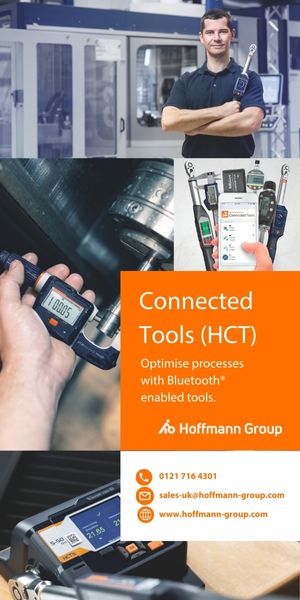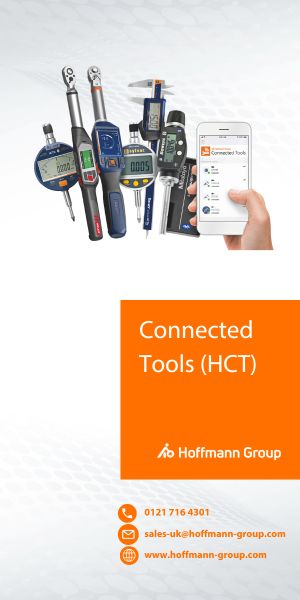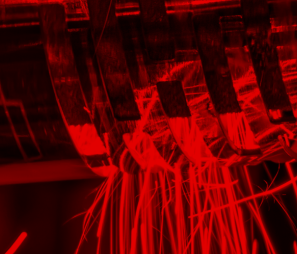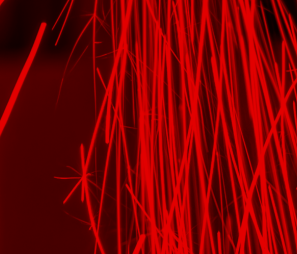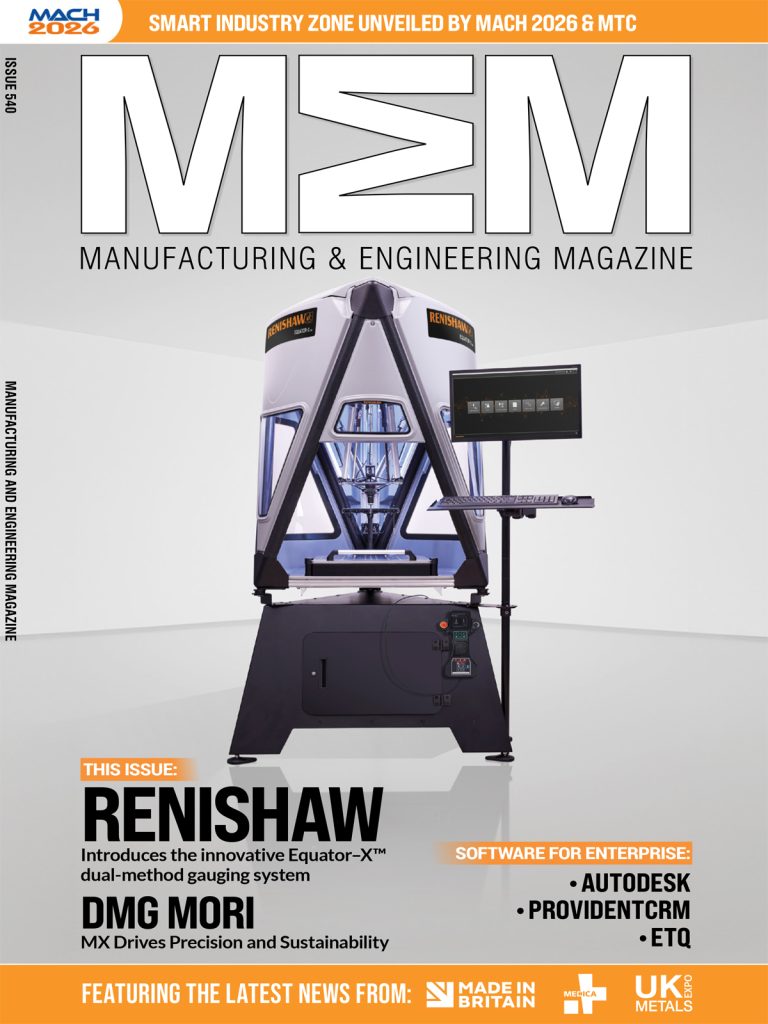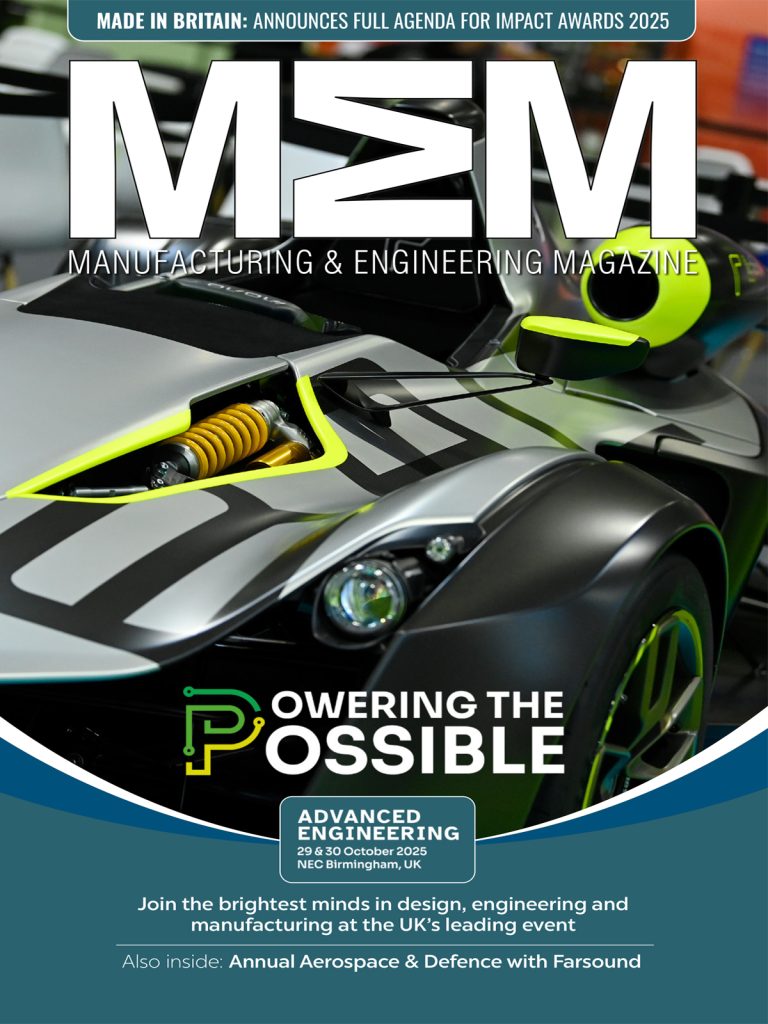Whether for food, beverages, pharmaceuticals, chemicals or water, anywhere liquids are processed a separator or a decanter is at the heart of production. At GEA Westfalia Separator Group’s largest production site in Oelde, Germany, where 1,900 people are employed, 120 centrifugal separators are produced every month with the help of 15 machine tools supplied by DMG Mori, including 5-axis machining centres and turn-mill centres with a high degree of process integration.
One of the latest machines to be installed, in 2023, was a CTX gamma 3000 TC multi-tasking, twin-spindle, B-axis CNC lathe with MATRIS robotic loading and unloading, which supplies spindles to the drives production department in Oelde.
A variety of spindles is produced, requiring combinations of turning, gear milling, deep hole drilling, grinding and in-process measuring. The large capacity of the lathe, with its Z-axis stroke of more than three metres, was necessary to machine the spindles, which are up to 1,000 mm long, as sufficient travel is needed to allow deep hole drilling.
Dennis Hartmann, Head of Industrial Engineering in the Separators Business Unit said, “As the components we manufacture are adapted to the customer’s application, many are produced in a batch size of one; after all, we are in the special machine building business. Another important part of our daily work is supplying our customers with spare parts, which also involves low volumes.”
More than 50 GEA sales and service companies regularly determine their requirements and commission the plant to produce the products needed. This involves the manufacture of up to 500 components, including the spindle, that go into making a complex centrifugal separator. Maximum batch size is 50-off.
Mr Hartmann explained, “In 2023, we implemented a policy of integrating as many processes as possible and automating production. Based on our positive experience with previously installed machine tools from DMG Mori, coupled with successful machining trials, we went back to them for a technologically advanced, single source production solution with automation for producing our spindles.”
The previous production route involved separate milling machines, turning centres and a cylindrical grinding machine, so work-in-progress and inter-machine handling were inherent in the process. The CTX gamma 3000 TC for their complete machining integrates all of the processes, including grinding, into one work area. Throughput times are considerably shorter and the original machines are free to perform other production tasks.
In-process measurement of surface quality makes life easier for the quality control department. Any drift towards a predetermined out-of-limit threshold is corrected by editing the program on the shop floor so that the Ra value remains consistent throughout the batch. Tool wear is determined using a measuring fixture and if the actual value exceeds the target value, the cutter is automatically replaced by a sister tool.
A powerful coolant pump prevents the accumulation of chips that would otherwise interrupt the process. Another special feature is a separate compartment in the right-hand section of the working area for oversize tools, which allows grinding with larger wheels than would otherwise be possible, saving production time and consumable cost.
Mr Hartmann continued, “The biggest advantage is, of course, the fully automated production of entire batches. The MATRIS system is designed to be served via four component pallets that are wheeled by pallet truck in and out of the loading area. The robot takes the raw parts and aligns them so that they can be clamped correctly in the chuck and steady rest. The finished parts are then placed back on the pallet.”
The close cooperation with DMG Mori was evident with programming of the cell. At its Oelde site, GEA became a pilot customer as part of the development of DMG Mori’s OP Workbench software, which simplifies shop-floor programming. It uses master programs to which specific set-up parameters are added. Machining operations are dragged-and-dropped in order and the resulting sequence is sent to the machine control, where the user enters the G-codes to produce the workpiece.
Mr Hartmann concluded, “Process optimisation in Oelde is continuous and will be central to our new machine acquisitions. Whether it is a replacement for old machines or part of a technology integration exercise, innovation will drive all our future investments.
“A solutions-oriented partner like DMG Mori is a great support, especially for large projects that can extend over a period of up to two years, as was the case with the CTX gamma 3000 TC.”
Manufacturing & Engineering Magazine | The Home of Manufacturing Industry News
